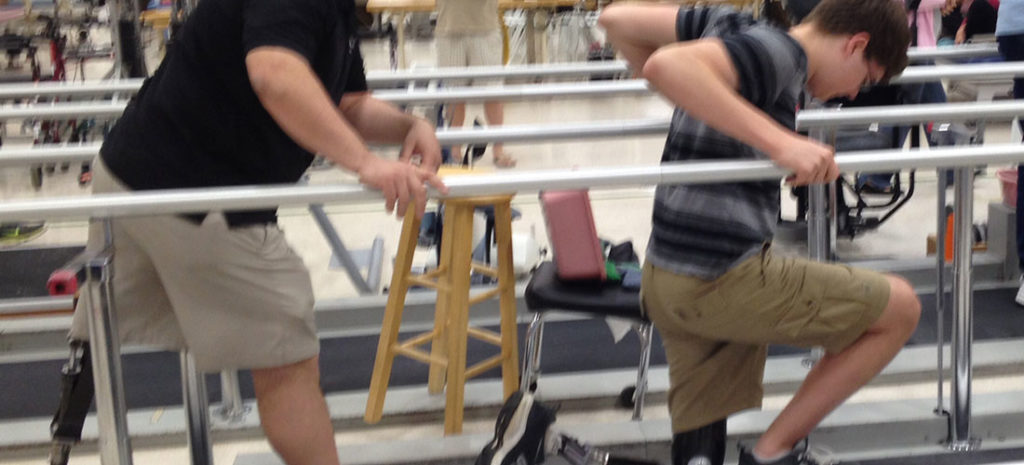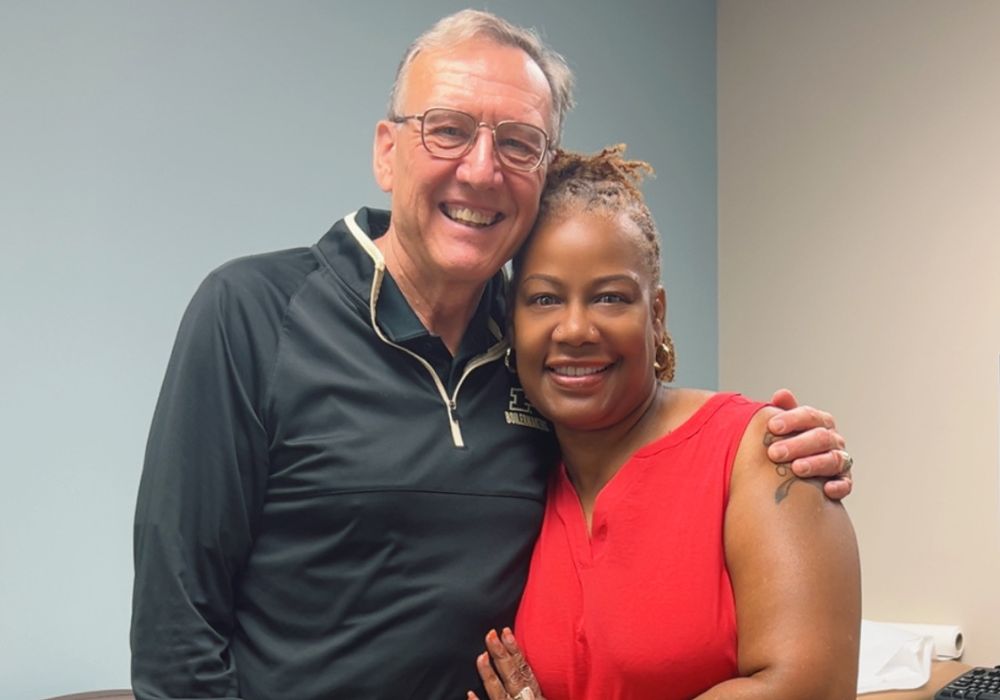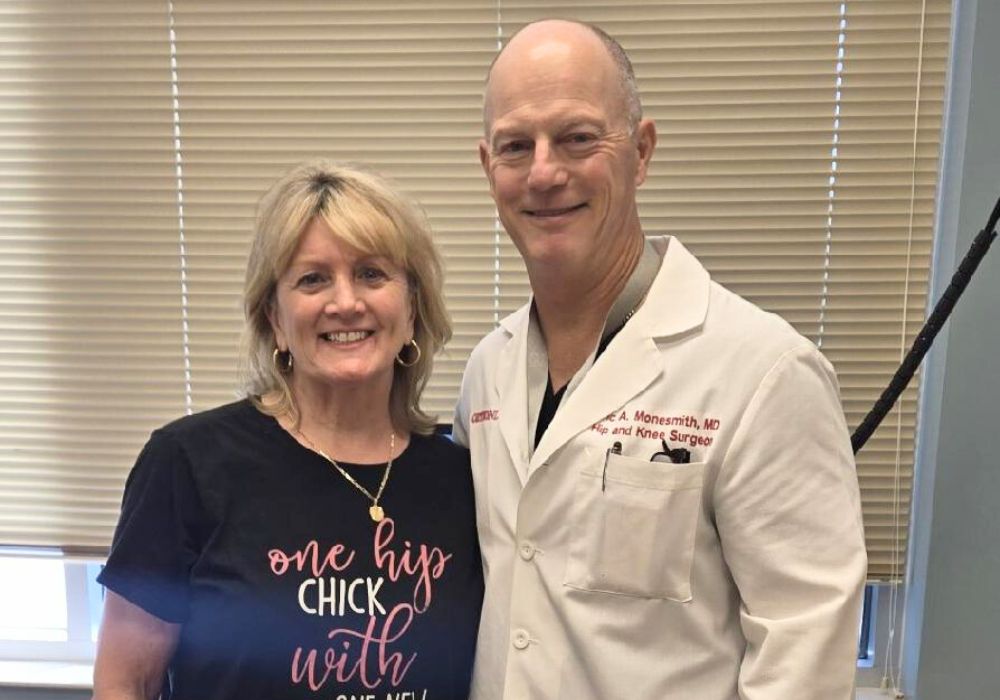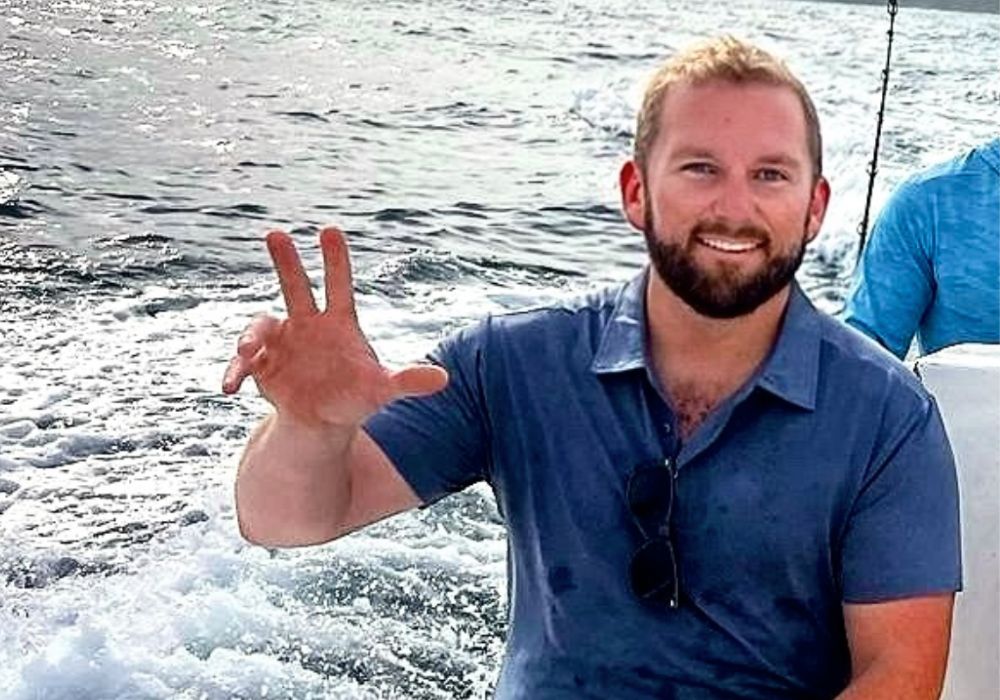At only 7 years old Garet Bailey was diagnosed with fibromatosis, a rare form of benign, soft-tissue tumor. The tumor originated in his left upper thigh and gradually descended down his leg. After two years of undergoing several surgeries at a children’s hospital for a recurrent tumor, his physician refused to do any further surgeries. Nine-year-old Garet, and his family, didn’t know what to do next.
Bone tumor and soft tissue oncology
Garet’s nurse practitioner recommended he go see Dr. Bruce Rougraff at OrthoIndy. Dr. Rougraff specializes in bone tumor and soft tissue oncology, as well as pediatric orthopedics. At this time, Garet was in the middle of chemo treatment when tests revealed the tumors were still growing despite treatment. Dr. Rougraff immediately scheduled surgery to remove the tumor.
However, that was not the end of Garet’s battle. As he continued to grow up, Garet went on to have two rounds of radiation treatment and more surgeries to remove additional tumors that were slowly descending down his leg.
“My condition took a bit of my childhood away from me,” said Garet, now a 16-year-old sophomore in high school. “I had multiple surgeries from second to eighth grade. I had over 10 operations done, along with a year of chemotherapy and two radiation treatments. All of this took up large amounts of time in my earlier years that I can never get back.”
As a child, this was devastating for Garet who should’ve been hanging out with friends, playing sports and not having to worry about his health. As Garet grew, his back and hips began to hurt. The pain prevented Garet from taking part in activities with school because he could not walk the distance that was expected.
For several years, Garet had to walk on the ball of his foot with his leg bent continuously. Eventually, Garet suffered a stress fracture in his foot that made him use crutches at all times. His fracture would not heal due to how he had to walk on his foot.
“In a way, my condition isolated me socially,” said Garet. “I will always be different from my peers and classmates because of my medical past. I don’t wish to have my youth back, as I don’t want the ignorance that comes with it, but I regret not having a ‘complete’ youth.”
Ultimately, due to side effects of radiation and multiple surgeries, Garet lost function and flexion in his left knee. After long discussions and contemplations, Garet decided to have a knee disarticulation amputation in March 2013.
“As a surgeon, having to perform an augmentation for a ‘benign’ disease is very disappointing,” said Dr. Rougraff. “Garet is a special young man who seems to always see the best in life and make the most of what he can. He is an exceptional patient and will be a success in life with whatever he chooses.”
Knee disarticulation
A knee disarticulation amputation is an amputation done through the knee joint, rather than by cutting through bone. In a knee disarticulation, the remaining limb, or thigh area, can generally tolerate some end weight bearing. The person retains a full-length femur and the thigh muscles tend to be stronger.
Knee disarticulations have particular advantages for children who are still growing because the growth plates at both the top and bottom of the femur are preserved.
“My experience was very good at OrthoIndy,” said Garet. “All of the staff members were very kind and I feel like I have made friends there. It’s a place filled with smiles even though they deal with some grisly things.”
For a mother, it is very tough to see your child go through so many difficulties. However, Garet’s mother did find comfort in visiting OrthoIndy as well.
“Dr. Rougraff always reminded us that he has a daughter the same age as Garet and it felt like that was a connection he had with us,” said Kelle, Garet’s mother. “He always listened to our concerns, especially when Garet decided to have the amputation done. Dr. Rougraff listened to what Garet had to say and then expressed his opinion. Dr. Rougraff’s profession is not meant to amputate, but rather save and have a functioning limb. In Garet’s case his limb wasn’t functioning as it should and Garet’s quality of life was suffering.
Dr. Rougraff agreed only after Garet presented his thoughts about amputation.”
Garet’s life has drastically changed since his amputation. Garet received his prosthetic in September 2013, while he was a freshman in high school. He has attended various walking schools that are taught by amputees who offer their expertise in teaching amputees how to walk.
“Garet has made many new friends and has the best attitude that you could ask for,” said Kelle. “He’s my inspiration!”
Garet has not let his amputation hold him back.
“Sure I have to explain the cause and the specifics of everything many times to many people, but it’s better than how I would be had I not had the operation done,” said Garet. “It may have slowed me down, but I will do the best I can at the speed I can max out at.”
Garet has also been able to become a lot more active in his life and, in doing so, he has made a lot of new friends. He enjoys working out and playing ultimate Frisbee. He has also taken up kayaking which he really enjoys. In fall 2014, Garet played tennis on his high school’s junior varsity’s doubles team.
“Some people loathe hospitals due to bad memories or past experiences, but I have no such feelings for them,” said Garet. “To me, they’re filled with people who are there to fix my problems and worry about me. Most of the time, the facility is filled with friendly and caring people, especially OrthoIndy. I may have had many operations done and they may have downsides, but I’d be worse off if they were never done.”
Additionally, Garet has recently decided that he would like to pursue the profession of orthotics and prosthetics in the future.
To schedule an appointment with Dr. Rougraff, please call 317.802.2824 or learn more about orthopedic oncology care.
Schedule an appointment
Your well-being is important to us. Click the button below or call us to schedule an appointment with one of our orthopedic specialists. If your injury or condition is recent, you can walk right into one of our OrthoIndy Urgent Care locations for immediate care. For rehabilitation and physical therapy, no referral is needed to see one of our physical therapists.





